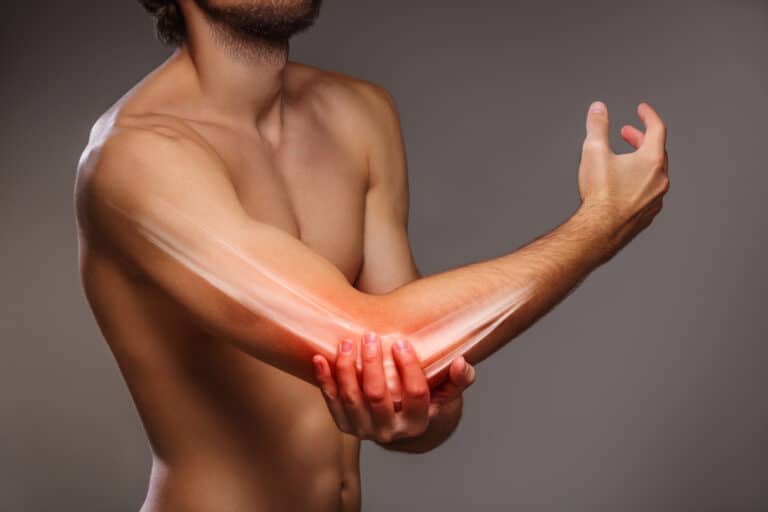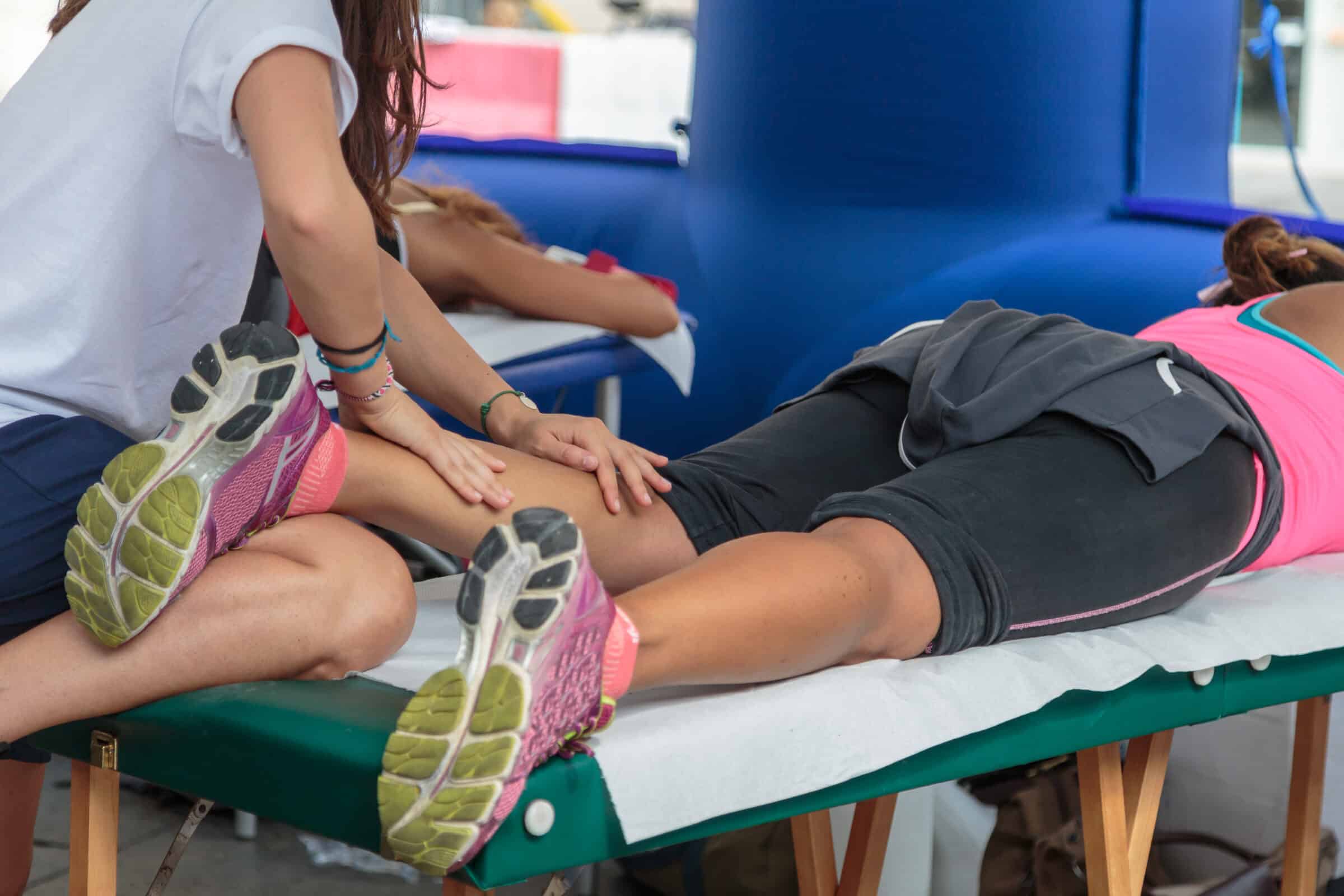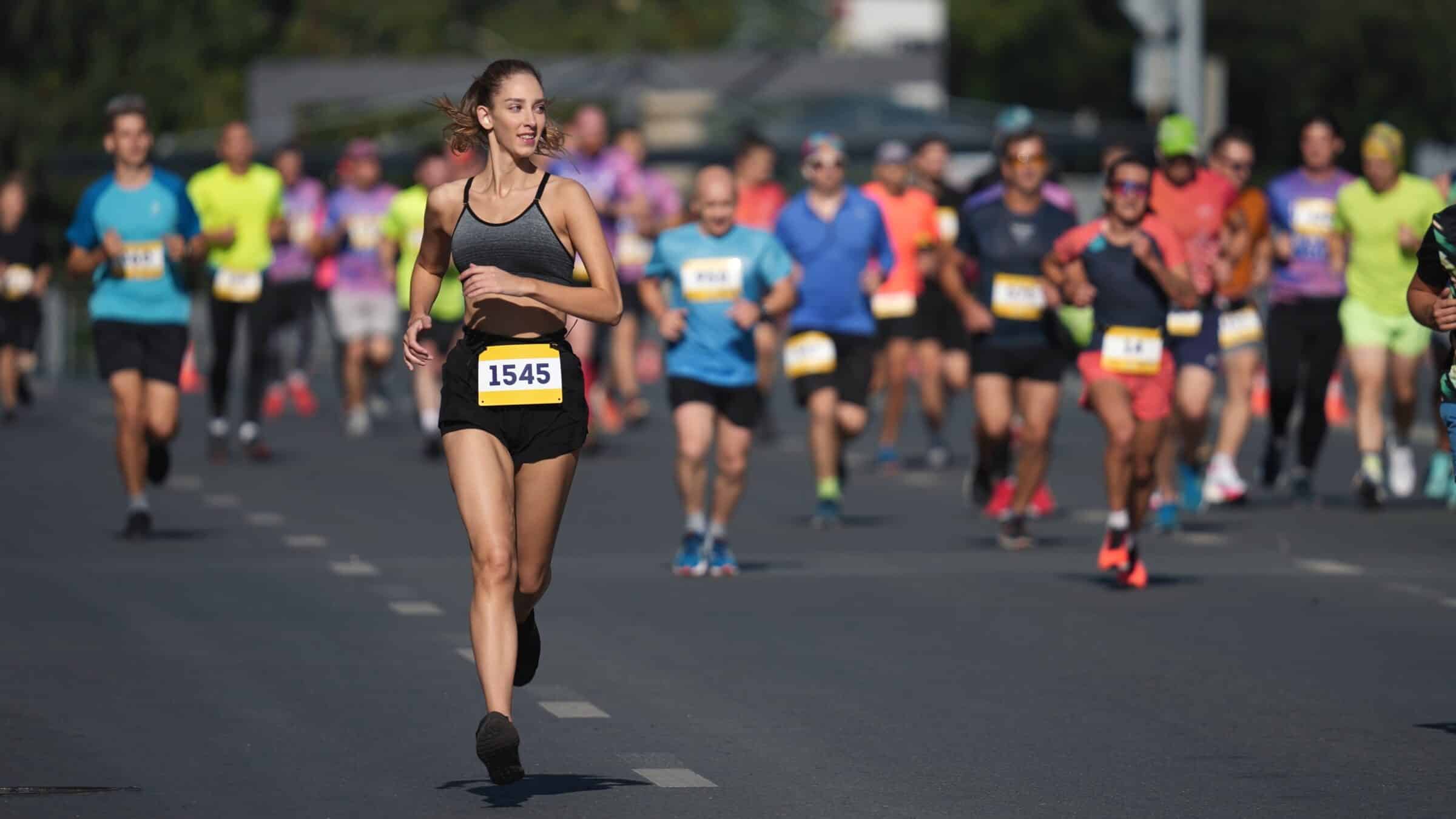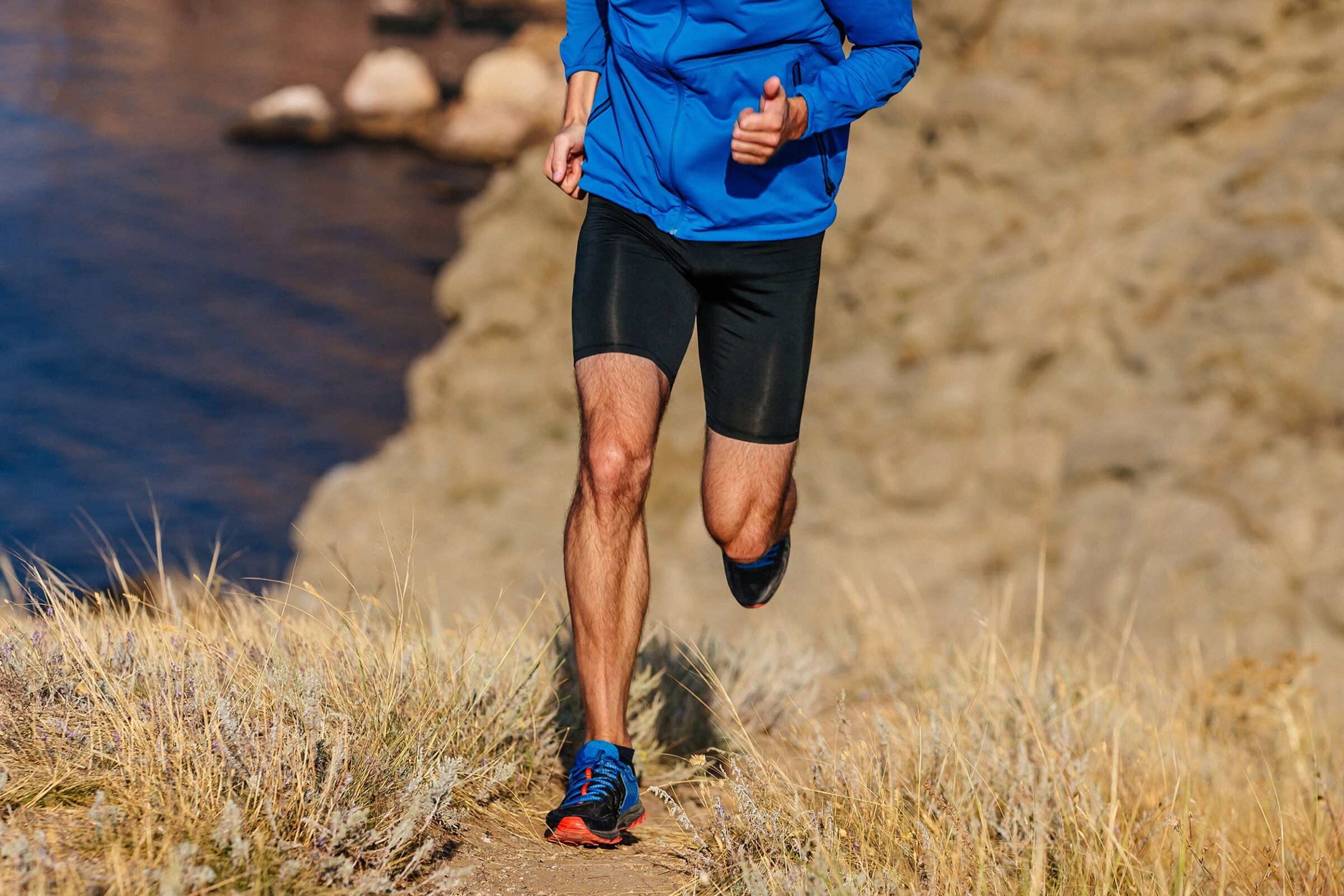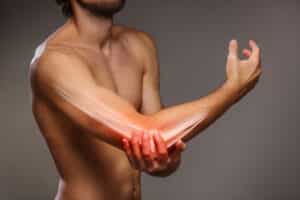
Sports and physical activities often take a toll on our bodies, requiring effective recovery techniques to maintain optimal performance and well-being. Two popular approaches, hands-on sports recovery, and massage therapy, offer distinct benefits and approaches to support athletes and individuals engaged in intense physical activities. While both aim to promote recovery and relaxation, they have fundamental differences in their purpose, techniques, and practitioners.
Purpose and Focus:
Sports Recovery vs Massage Therapy
Hands-on Sports Recovery type of therapy is a specialized approach primarily aimed at athletes or individuals involved in intense physical activities. It focuses on enhancing performance, preventing and rehabilitating sports-related injuries, and promoting optimal recovery. This approach tailors techniques to address specific musculoskeletal issues and functional limitations related to sports activities.
Massage therapy, on the other hand, has a broader purpose encompassing relaxation, stress reduction, improving circulation, and enhancing overall well-being. While it can address muscle tension and soreness, its primary goal is not necessarily targeted at sports-related issues or specific performance enhancement.
Techniques
Hands-on sports recovery employs specialized techniques like active release techniques, myofascial release, proprioceptive neuromuscular facilitation (PNF), and targeted stretching. These techniques aim to restore range of motion, increase flexibility, address muscle imbalances, and improve functional movement patterns specific to sports or physical activities.
Massage therapy utilizes a variety of techniques, such as Swedish massage, deep tissue massage, trigger point therapy, and lymphatic drainage. The strokes used in massage are typically broader and cover larger areas of the body. The techniques focus on relaxing the muscles, relieving tension, improving circulation, and promoting a general sense of relaxation and well-being.
Practitioners
Hands-on sports recovery is typically performed by trained professionals like physical therapists, sports therapists, or sports medicine practitioners. These practitioners have specialized knowledge and experience in working with athletes and sports-related injuries. They understand the unique demands of sports activities and tailor their techniques accordingly. Equipment used may include Instrument Assisted Soft Tissue Mobilization (IASTM), Electronic Muscle Stimulation (E-stim), Cupping Therapy, Compression and more.
Massage therapy is practiced by licensed massage therapists who specialize in various massage techniques. They may work in spas, wellness centers, clinics, or private practices. While some massage therapists may have additional training in sports massage, their expertise is not exclusively focused on sports-related issues.
Sports Recovery at Littleton Massage
Hands-on sports recovery and massage therapy provide valuable techniques for recovery and relaxation, albeit with distinct purposes and approaches. Hands-on sports recovery is a specialized approach targeting athletes, or those with acute injuries, focusing on specific musculoskeletal issues and functional limitations related to activities. On the other hand, massage therapy has a broader scope, aiming to promote overall relaxation, stress reduction, and improved well-being. Both approaches have their merits, and individuals can choose the one that aligns with their specific needs and goals. Whether seeking targeted recovery techniques or a more comprehensive relaxation experience, these approaches offer valuable support for individuals engaged in physical activities.

